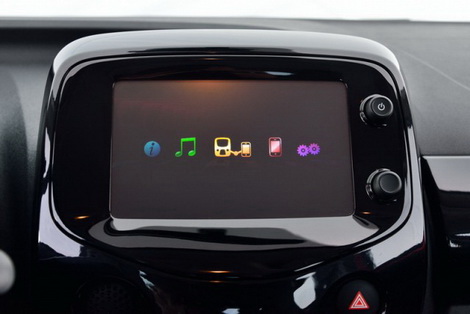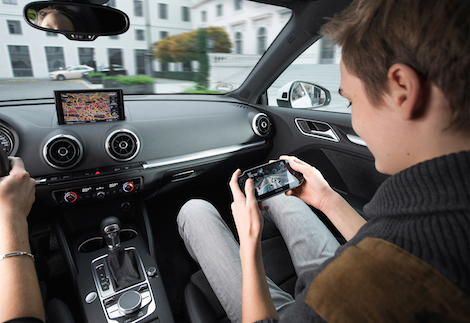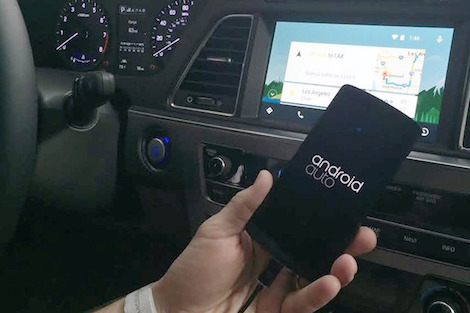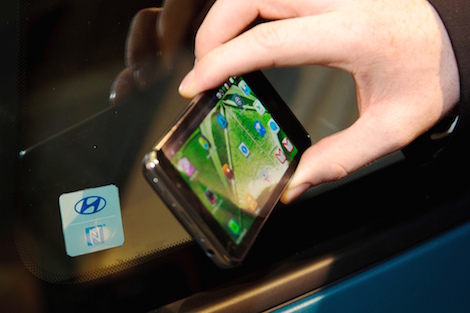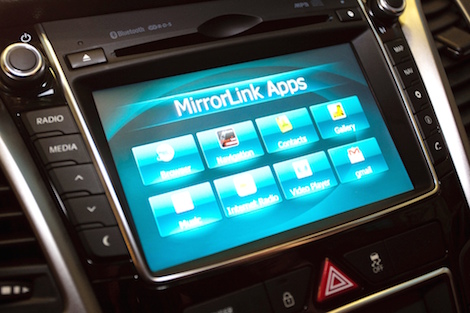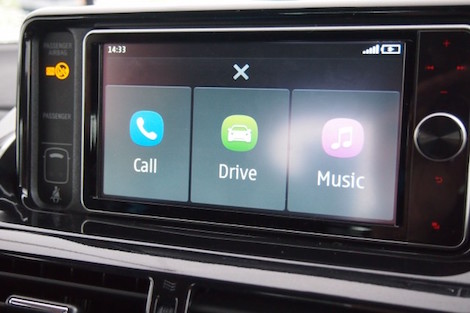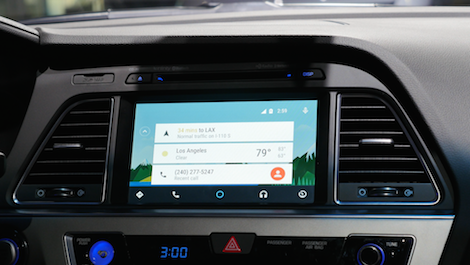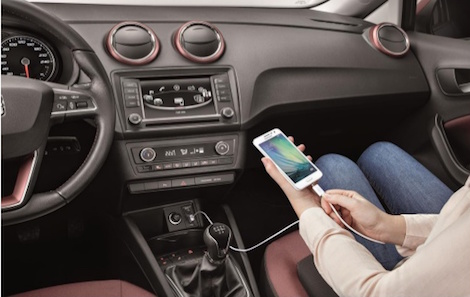Some of you may have picked up on this over the years, but I am something of a tech geek. I am the type of person who will pull something apart to see how it works.
The type of person who will butcher a perfectly good laptop so I can reverse mount the screen and build an under counter PC for the kitchen. The type of person who will cancel their SKY subscription because I have a dedicated laptop connected to the TV to replace the set top box. The type of person who gets excited when there's a new in-car infotainment system to explore.
At the recent SEAT Ibiza launch I got to play around with Full Link, the Spanish brand's amalgamation of Apple CarPlay, Android Auto and MirrorLink connectivity. MirrorLink, for those not keeping up with the latest developments, is the product of the Car Connectivity Consortium (CCC), a coming together of major car manufacturers, phone makers, technology companies and stereo producers to build a unified infotainment environment. One that does not care whether you reside in the Apple or Android camp. One that isn't picky about whether you have the latest Apple iPhone 6 plus or a creaking old HTC Wildfire. CCC just wants to produce a system that works with all phones.
A noble cause and one that is backed by heavyweights such as General Motors, Toyota, Samsung, Qualcomm and Clarion, a wide range of companies that have reached a compromise on the future of in-car connectivity. Unfortunately it is this compromise that means MirrorLink is floundering behind the systems developed by Apple and Google, despite being the longest in operation.
Apple, as builder of both phone and operating system, has complete control over iOS and while the exact nature of Android distribution is too complicated for this article the essence of the operating system is that it is designed and built by Google. So the operating systems are veritable dictatorships. What these two tech giants build everyone else has to work with, simples.
MirrorLink, on the other hand, is trying to keep everyone happy and give all an equal say with the result being a system that is some way behind Android Auto (I have yet to use Apple CarPlay, but have no reason to suspect it will be anything other than polished).
Fire up Android Auto and you are presented with a car version of Google Now - big buttons in contrasting colours for operations such as Google Maps, recent call, access to your Google Music library and a dedicated button to activate the Google voice assistant for voice commands.
Fire up MirrorLink and you get three screens that can be packed full of different widgets for time, weather etc. and a range of submenus for stuff like phone or navigation applications. Straight away there is a problem - in Android Auto everything is one touch with big buttons that are easy to locate while driving. MirrorLink requires you to dig through menus to activate the same functions - all because it dedicates the home screen to (admittedly handy) widgets. This wouldn't be so bad if the system was speedy enough to hop between different apps (when you inevitably select the wrong one), but somehow, swapping between Android Auto and Mirrorlink on the same car leads to a slowdown in the performance. The system lags, not responding to touches and taking an age to do the most basic functions.
We suspect this is because MirrorLink is trying too hard to do many competing functions. A lot of phone manufacturers that use Android tend to place their own 'skin' over the core OS with their own apps for functions such as telephony, maps etc. It is these apps that MirrorLink accesses because CCC is made up of the manufacturers rather than Google. Android Auto, however, patches straight into its core components and it just works.
The MirrorLink project is indeed a noble one but by compromising to members of CCC it has become a jack of all trades and master of none. Apple CarPlay and Android Auto's both look to be the master tradesmen and the ones that will ultimately win the connectivity wars.

